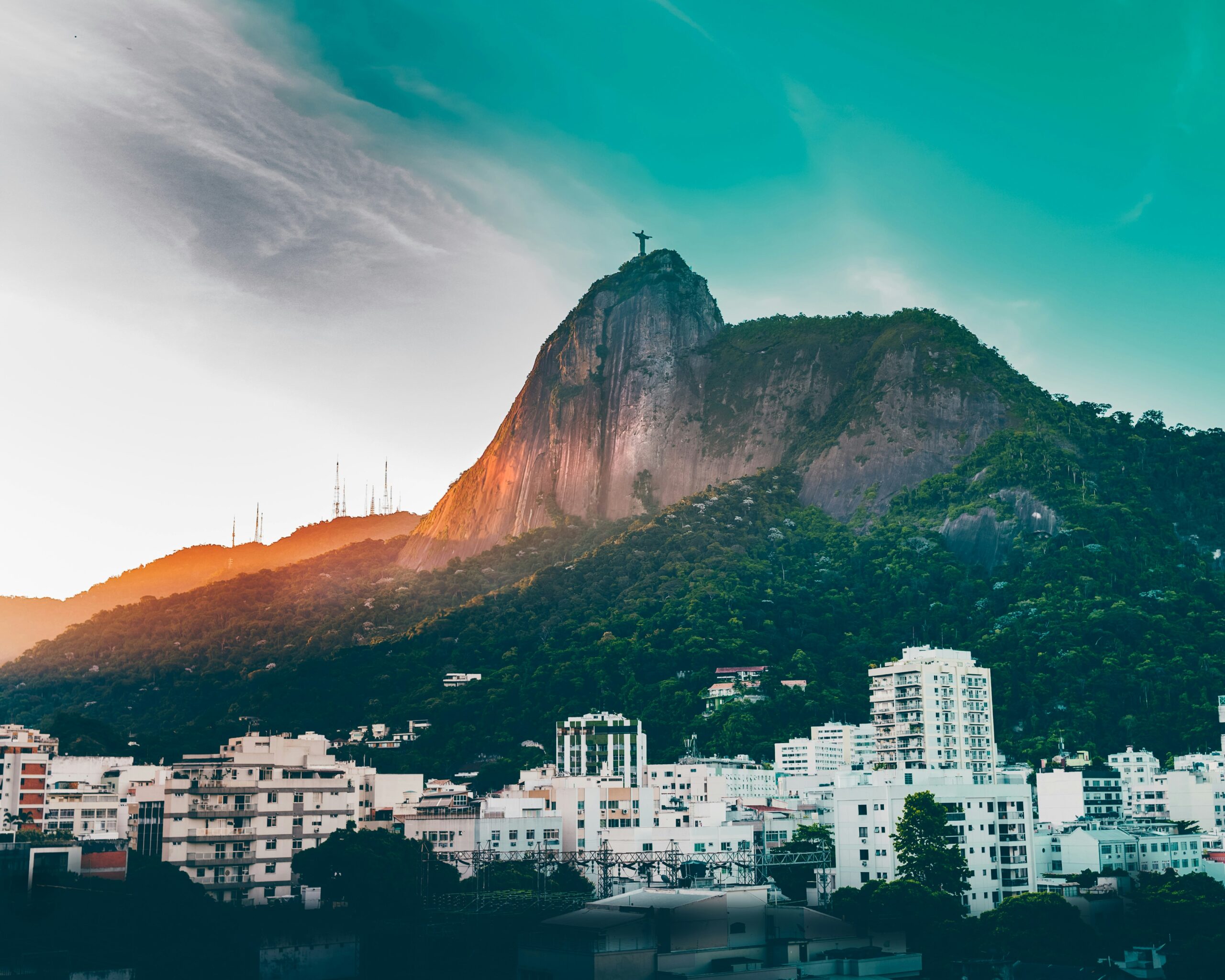Vatnajökull National Park, located in Iceland’s southeastern region, is one of Europe’s largest national parks and a UNESCO World Heritage Site. Named after Vatnajökull, Europe’s largest glacier, the park encompasses a diverse range of landscapes, including ice caps, glaciers, volcanoes, geothermal areas, and lava fields. Visitors to Vatnajökull National Park can explore breathtaking natural wonders, including glacial lagoons, ice caves, and dramatic waterfalls, as well as engage in outdoor activities such as hiking, glacier climbing, and wildlife watching. With its stunning scenery and unique geological features, Vatnajökull National Park offers an unforgettable experience for nature lovers and outdoor enthusiasts alike.
Ultimate Vatnajökull National Park Travel Guide
Destinations
Best time to go
The best time to visit Vatnajökull National Park is during the summer months, from June to August, when the weather is milder, and the days are longer, allowing for more outdoor activities and sightseeing. During this time, visitors can enjoy hiking trails, glacier tours, and boat rides on glacial lagoons in optimal conditions. However, it’s essential to be prepared for unpredictable weather, even in the summer, as Iceland’s climate can change rapidly. For those interested in winter activities such as ice cave tours and northern lights viewing, the winter months from November to March offer unique opportunities, albeit with shorter daylight hours and colder temperatures.
Average Temperature By Month
January: -1.1°C (30°F)
February: -0.6°C (31°F)
March: 0.3°C (33°F)
April: 2.9°C (37°F)
May: 6.0°C (43°F)
June: 9.1°C (48°F)
July: 10.3°C (51°F)
August: 10.0°C (50°F)
September: 7.0°C (45°F)
October: 3.6°C (38°F)
November: 0.4°C (33°F)
December: -0.7°C (31°F)
What To Expect
Time Zone:
Currency:
Language:
Airport:
Keflavík International Airport (KEF): Location: Keflavík, approximately 260 km (161 miles) southwest of Vatnajökull National Park Transportation: From Keflavík International Airport, visitors can rent a car or take a shuttle bus to Reykjavik, Iceland's capital city. From Reykjavik, travelers can continue their journey to Vatnajökull National Park by car or guided tour.
How To Get Around
By Car: The most convenient way to explore Vatnajökull National Park and its surrounding areas is by car. The park is accessible via Iceland’s Ring Road (Route 1), which circumnavigates the island. From Reykjavik, the capital city, it takes approximately 5-6 hours to drive to the park’s visitor centers in the southeastern part of the country.
By Tour: Guided tours are available from various tour operators in Reykjavik and other towns across Iceland. These tours typically include transportation, guided hikes, glacier walks, and visits to popular attractions within the park.
By Public Transportation: While limited public transportation options exist in Iceland, buses operated by the Icelandic Transport Authority (Strætó) connect some towns near Vatnajökull National Park. However, public transportation may not be as frequent or convenient as traveling by car or tour.
Average Temperature By Month:
January: -1.1°C (30°F)
February: -0.6°C (31°F)
March: 0.3°C (33°F)
April: 2.9°C (37°F)
May: 6.0°C (43°F)
June: 9.1°C (48°F)
July: 10.3°C (51°F)
August: 10.0°C (50°F)
September: 7.0°C (45°F)
October: 3.6°C (38°F)
November: 0.4°C (33°F)
December: -0.7°C (31°F)
Plugs:
VPN:
Safety:
Credit Cards and Banks
Credit Cards: Credit cards are widely accepted in Iceland, including Visa, MasterCard, American Express, and Discover. Most hotels, restaurants, shops, and tour operators accept major credit cards. However, it’s advisable to carry some cash for smaller purchases and transactions, especially in rural areas.
ATMs: ATMs are available in larger towns and cities near Vatnajökull National Park, allowing you to withdraw Icelandic króna (ISK) as needed. It’s recommended to use ATMs affiliated with major banks to avoid additional fees.
Currency Exchange: Currency exchange services are available at banks, currency exchange bureaus, and some hotels in major cities like Reykjavik. US dollars and euros are commonly accepted for exchange, but it’s advisable to carry Icelandic króna for transactions in rural areas.
Tips for Banking in Iceland:
- Notify your bank before traveling to Iceland to inform them of your travel plans and avoid any issues with card usage abroad.
- Keep your PIN and card information secure, and be cautious when using ATMs, especially in tourist areas.
- Familiarize yourself with Icelandic banknotes and coins to ensure you receive the correct change during transactions.
By familiarizing yourself with the banking system in Iceland, you can ensure a smooth and hassle-free financial experience during your travels to Vatnajökull National Park.



